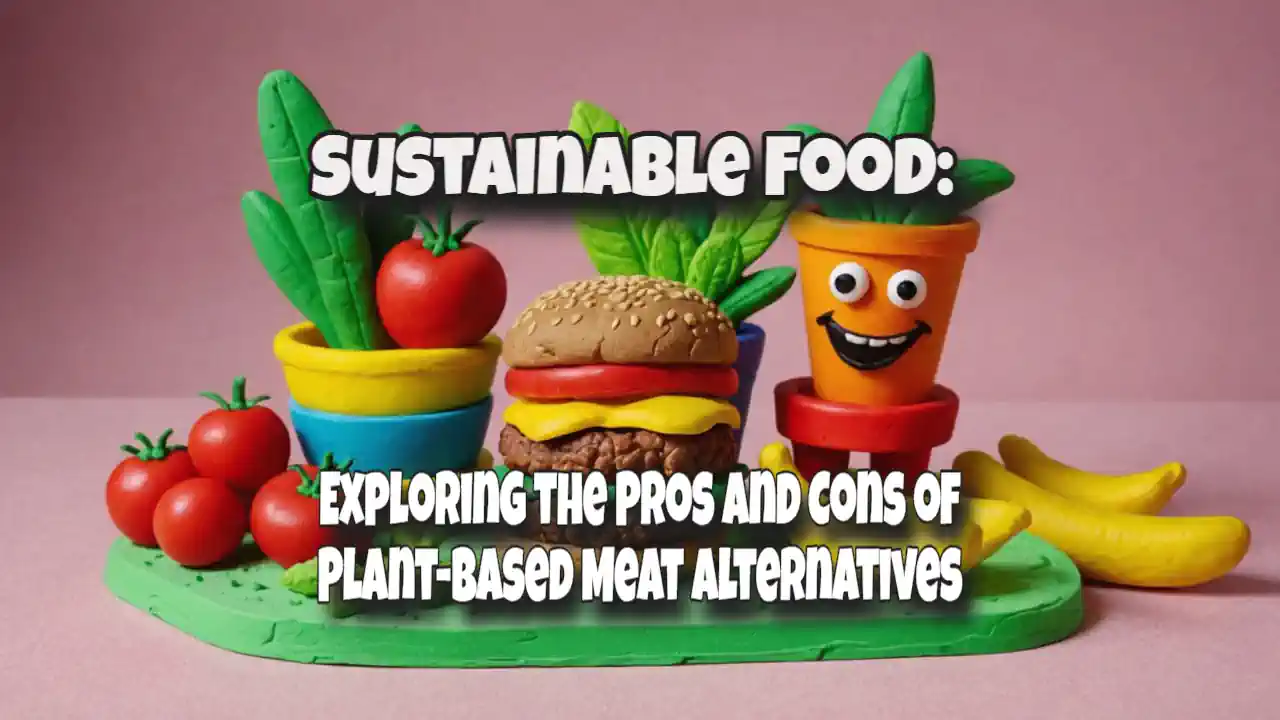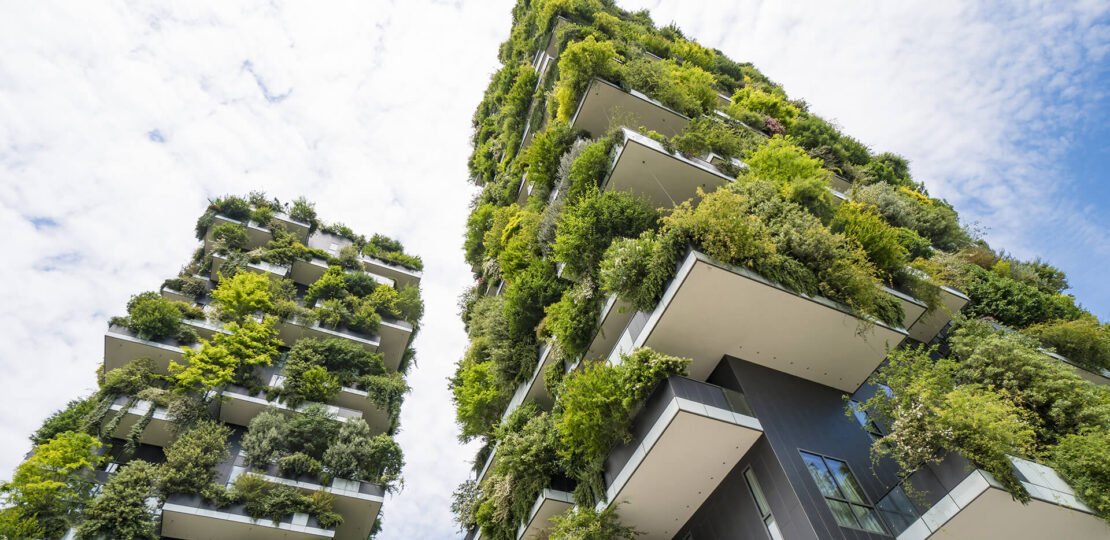
Building a Sustainable Future is an important topic that affects everyone. In this article, you will learn about the key principles of sustainability and why it is crucial for building a better future. We will explore different ways in which individuals, businesses, and governments can contribute to sustainability efforts.
By the end of this article, you will have a better understanding of how you can make a positive impact and help create a more sustainable world.
The Importance of Sustainability
In today’s world, the concept of sustainability has become increasingly important. It refers to the practice of using resources in a way that meets the needs of the present generation without compromising the ability of future generations to meet their own needs. Sustainability is not just about environmental conservation; it also encompasses social and economic aspects. By adopting sustainable practices, we can ensure a better quality of life for ourselves and for future generations.
Understanding the concept of sustainability
Sustainability is all about finding a balance between social, economic, and environmental dimensions. It means using resources efficiently and responsibly to minimize negative impacts. By considering the three pillars of sustainability – people, planet, and profit – we can create a sustainable future.
Environmental impacts of unsustainable practices
Unsustainable practices have severe consequences for the environment. Deforestation, pollution, greenhouse gas emissions, and depletion of natural resources are just a few examples. These activities contribute to climate change, loss of biodiversity, and degradation of ecosystems. The effects are far-reaching and can lead to devastating consequences for both nature and human communities.
Economic benefits of sustainable practices
Contrary to popular belief, sustainability does not come at the expense of economic growth. In fact, it can enhance long-term economic prosperity. Sustainable practices can:
- reduce costs,
- enhance operational efficiency, and
- promote innovation.
For businesses, embracing sustainability means:
- reducing waste,
- improving resource management, and mitigating risks.
Moreover, sustainable products and services often have a competitive edge in the market as consumers increasingly prioritize environmentally and socially responsible choices.
Implementing Sustainable Infrastructure
To build a sustainable future, it is crucial to prioritize sustainable infrastructure. This includes:
- promoting renewable energy sources,
- developing green buildings, and
- investing in sustainable transportation.
Promoting renewable energy sources
Transitioning to renewable energy sources such as solar, wind, and hydroelectric power is essential for reducing greenhouse gas emissions and curbing climate change. Investing in renewable energy not only helps in combating environmental issues but also creates jobs and drives economic growth. Governments and businesses should collaborate to increase renewable energy capacity and improve energy efficiency.
Developing green buildings
The construction and operation of buildings have a significant environmental impact. Green buildings, on the other hand, are designed to:
- minimize energy consumption,
- reduce water usage, and
- enhance indoor air quality.
They are constructed using sustainable materials and incorporate renewable energy systems. Investing in green building practices can lead to significant energy savings, lower operating costs, and improved well-being for occupants.
Investing in sustainable transportation
Transportation is one of the largest contributors to greenhouse gas emissions. To make transportation sustainable, we need to:
- prioritize public transportation,
- promote electric vehicles, and
- invest in cycling and walking infrastructure.
By reducing the reliance on fossil fuels and encouraging low-carbon alternatives, we can:
- significantly reduce air pollution and
- mitigate the impact of climate change.

Sustainable Agriculture and Food Systems
Another critical aspect of building a sustainable future is transforming our agriculture and food systems to be more sustainable. This involves adopting regenerative farming practices, reducing food waste, and promoting sustainable seafood choices.
Adopting regenerative farming practices
Conventional farming practices often lead to soil degradation, water pollution, and loss of biodiversity. Regenerative farming, on the other hand, focuses on improving soil health, enhancing water management, and promoting biodiversity. Techniques such as crop rotation, cover cropping, and organic farming minimize the use of chemical inputs and prevent soil erosion. Regenerative farming not only ensures long-term food security but also helps combat climate change by sequestering carbon in the soil.
Reducing food waste and improving distribution
Food waste has become a significant issue globally. By reducing food waste at all stages of the supply chain, from production to consumption, we can conserve resources and reduce greenhouse gas emissions. Improving distribution systems to minimize post-harvest losses and promoting responsible consumption habits can also contribute to building a more sustainable food system.
Promoting sustainable seafood choices
Overfishing and destructive fishing practices have led to the depletion of fish stocks and the destruction of marine ecosystems. By promoting sustainable seafood choices, such as consuming fish that have been caught or farmed in an ecologically responsible manner, we can help protect marine biodiversity and support the livelihoods of fishing communities. Sustainable seafood certifications and labels can guide consumers in making informed choices towards a more sustainable future.
Conservation of Natural Resources
Conserving natural resources is fundamental to building a sustainable future. This involves protecting biodiversity and ecosystems, managing water resources sustainably, and preserving forests while reducing deforestation.
Protecting biodiversity and ecosystems
Biodiversity is essential for the functioning of ecosystems and the provision of ecosystem services. By protecting habitats and endangered species, we maintain the delicate balance of ecosystems and ensure their resilience to climate change and other disturbances.
Managing water resources sustainably
Water scarcity is becoming increasingly prevalent in many parts of the world. To ensure water availability for future generations, we need to manage water resources sustainably. This includes minimizing water wastage, implementing efficient irrigation techniques, and investing in water infrastructure. Furthermore, protecting water sources and promoting water conservation practices are crucial steps towards sustainable water management.
Preserving forests and reducing deforestation
Forests play a vital role in maintaining the health of our planet. They sequester carbon, regulate the climate, and provide habitat for countless species. However, deforestation continues at an alarming rate, mainly due to agricultural expansion and illegal logging is wholly contrary to building a sustainable future. To combat deforestation, we must support initiatives that promote sustainable forest management, address the underlying drivers of deforestation, and engage local communities in conservation efforts.
The Role of Sustainable Business Practices
Businesses have a significant role to play in building a sustainable future. By adopting circular economy models, implementing green supply chains, and engaging in social and environmental responsibility, they can drive positive change.
Adopting circular economy models
In a circular economy, resources are kept in use for as long as possible, and waste is minimized. Instead of a traditional linear model of “take-make-dispose,” businesses adopt practices such as recycling, reusing, and repurposing products. By designing products for durability, incorporating recyclable materials, and embracing product stewardship, businesses can contribute to a more sustainable economy.
Implementing green supply chains
A significant amount of environmental impact occurs within supply chains. By implementing green supply chains, businesses can reduce the carbon footprint of their operations, ensure ethical sourcing practices, and support local economies. This includes choosing suppliers with strong sustainability credentials, optimizing transportation routes, and reducing packaging waste.
Engaging in social and environmental responsibility
Businesses are increasingly expected to take responsibility for their social and environmental impacts. By embracing corporate social responsibility, businesses can make a positive contribution to society. This involves investing in community development, promoting diversity and inclusion, and reducing the environmental footprint of their operations. Businesses can also engage in partnerships with non-governmental organizations and civil society organizations to leverage their collective expertise and resources for sustainable development.
Promoting Sustainable Consumption and Lifestyle
Individuals also have a critical role to play in building a sustainable future. By making responsible consumer choices, reducing single-use plastics and waste, and embracing minimalism and conscious living, we can contribute to a more sustainable society.
Encouraging responsible consumer choices
As consumers, our choices have a significant impact on the environment. By supporting companies that prioritize sustainability, choosing products with minimal packaging, and opting for locally sourced and organic goods, we can drive demand for more sustainable options.
Reducing single-use plastics and waste
Single-use plastics have become a global environmental crisis. By reducing our reliance on single-use plastics, recycling diligently, and embracing reusable alternatives, we can significantly reduce plastic pollution and conserve resources.
Embracing minimalism and conscious living
Living a minimalist lifestyle is about decluttering our lives and focusing on what truly brings us joy. By embracing minimalism, we reduce our consumption, minimize waste, and prioritize experiences over material possessions. Conscious living involves being mindful of our choices and their impact on the environment, society, and our personal well-being.
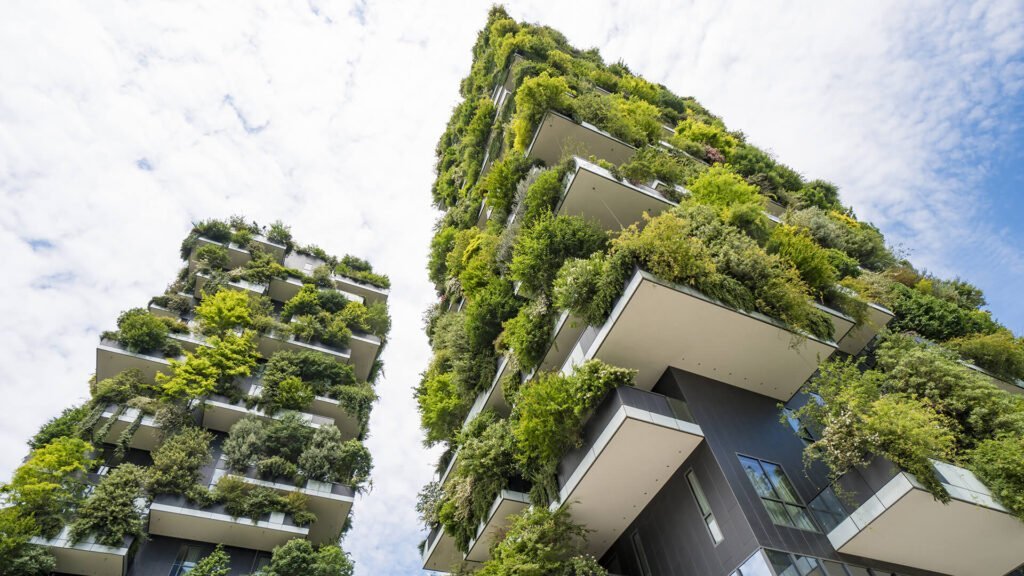
Education and Awareness for Sustainability
Education and awareness play a crucial role in driving sustainable development. By promoting sustainability education in schools, raising awareness through media campaigns, and empowering individuals to take sustainable actions, we can foster a more sustainable mindset.
Promoting sustainability education in schools
Integrating sustainability into the curriculum equips students with the knowledge and skills necessary to address the challenges of the future. By teaching young people about environmental conservation, social responsibility, and sustainable practices, we can shape a generation of environmentally conscious individuals.
Raising awareness through media campaigns
Media campaigns have the power to reach a wide audience and influence public opinion. By raising awareness about sustainability issues, showcasing success stories, and promoting sustainable solutions, media can drive behavior change and inspire individuals and businesses to take action.
Empowering individuals to take sustainable actions
Empowering individuals to take sustainable actions is crucial for making a collective impact. By providing resources, information, and platforms for engagement, we can inspire individuals to make sustainable choices in their daily lives. This can range from supporting community initiatives to participating in sustainability-focused events and advocating for policy changes.
Government Policies and Legislation
To accelerate the transition towards sustainability, government policies and legislation play a vital role. By implementing regulations for sustainable practices, incentivizing businesses and individuals to be sustainable, and promoting international cooperation for sustainability, governments can create an enabling environment for positive change.
Implementing regulations for sustainable practices
Governments have the power to enforce regulations that set sustainability standards for businesses and industries. By setting emissions targets, promoting energy efficiency, and regulating environmentally harmful practices, governments ensure that businesses are accountable for their environmental impact.
Incentivizing businesses and individuals to be sustainable
Governments can create incentives to encourage businesses and individuals to adopt sustainable practices. This can include tax breaks for green investments, subsidies for renewable energy, and grants for sustainable agriculture. By providing economic and policy support, governments can facilitate the transition towards sustainability.
Promoting international cooperation for sustainability
Sustainability is a global challenge that requires collective action. Governments can foster international cooperation by participating in global environmental agreements, sharing best practices, and committing to sustainable development goals. By working together, countries can address transboundary issues such as climate change, biodiversity loss, and resource management more effectively.
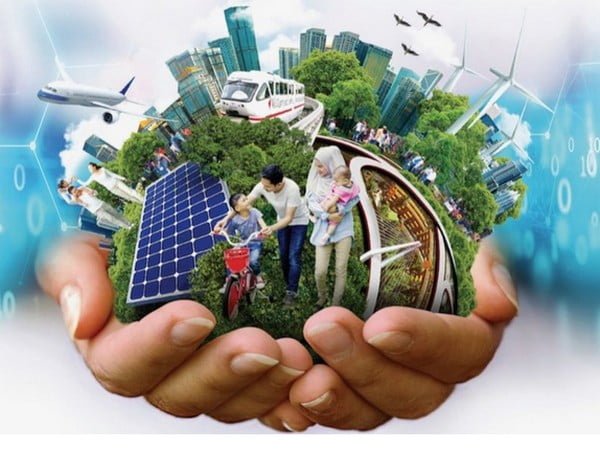
Collaboration and Partnerships for Sustainable Development
Collaboration and partnerships are essential for achieving sustainable development. By fostering public-private partnerships, engaging with non-governmental organizations (NGOs) and civil society organizations, and sharing knowledge and best practices, we can drive innovation and accelerate change.
Fostering public-private partnerships
Public-private partnerships leverage the expertise and resources of both sectors to address sustainability challenges. By collaborating on sustainable development projects, businesses and governments can combine their strengths and achieve greater impact. This can range from:
- investing in renewable energy infrastructure to
- supporting community development initiatives.
Engaging with NGOs and civil society organizations
NGOs and civil society organizations play a vital role in advocating for sustainable practices and holding governments and businesses accountable. By engaging with these organizations, governments and businesses can access valuable insights, build trust, and benefit from their expertise. NGOs and civil society organizations also play a crucial role in raising awareness and mobilizing public support for sustainability initiatives.
Sharing knowledge and best practices
Knowledge sharing is crucial for driving innovation and continuous improvement. By sharing best practices, success stories, and lessons learned, governments, businesses, and organizations can inspire each other and accelerate the adoption of sustainable practices. This can take place through:
- conferences,
- workshops,
- online platforms, and
- collaborative projects.
Conclusion: Building a Sustainable Future
Building a sustainable future requires collective action and a shift towards more sustainable practices across all sectors of society.
By understanding:
- the importance of sustainability,
- implementing sustainable infrastructure,
- transforming agriculture and food systems,
- conserving natural resources,
- adopting sustainable business practices,
- promoting sustainable consumption and lifestyle,
- investing in education and awareness,
- implementing government policies and legislation, and
- fostering collaboration and partnerships,
we can create a sustainable future for ourselves and for future generations.
It is a collective responsibility that requires ongoing efforts and holds the potential for positive change. Let us embrace sustainability as a way of life and work towards a better world for all.
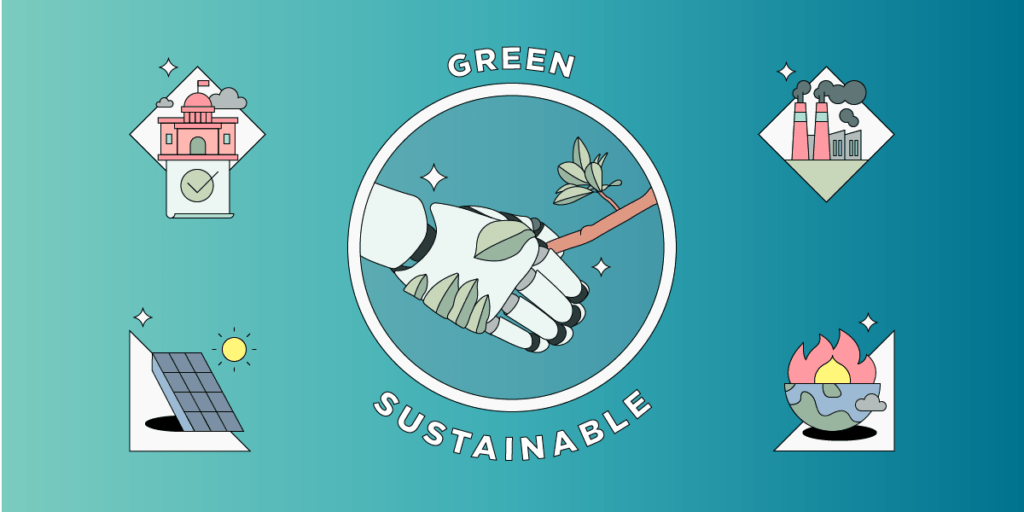
RELATED POSTS
View all

